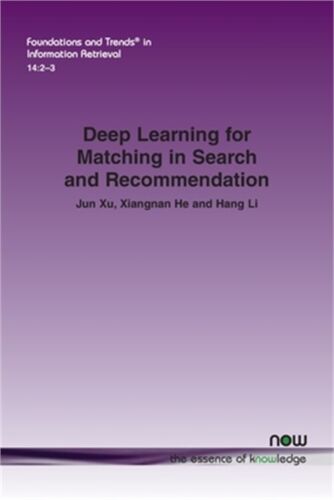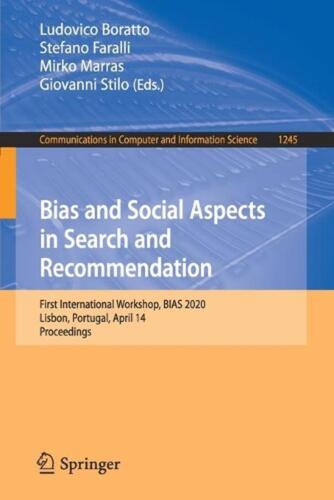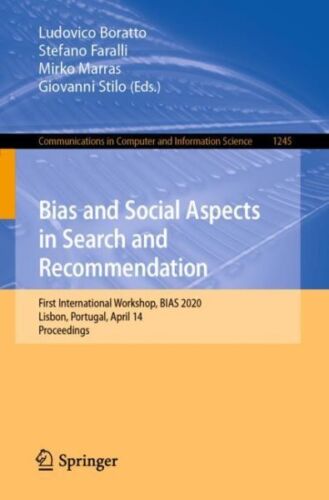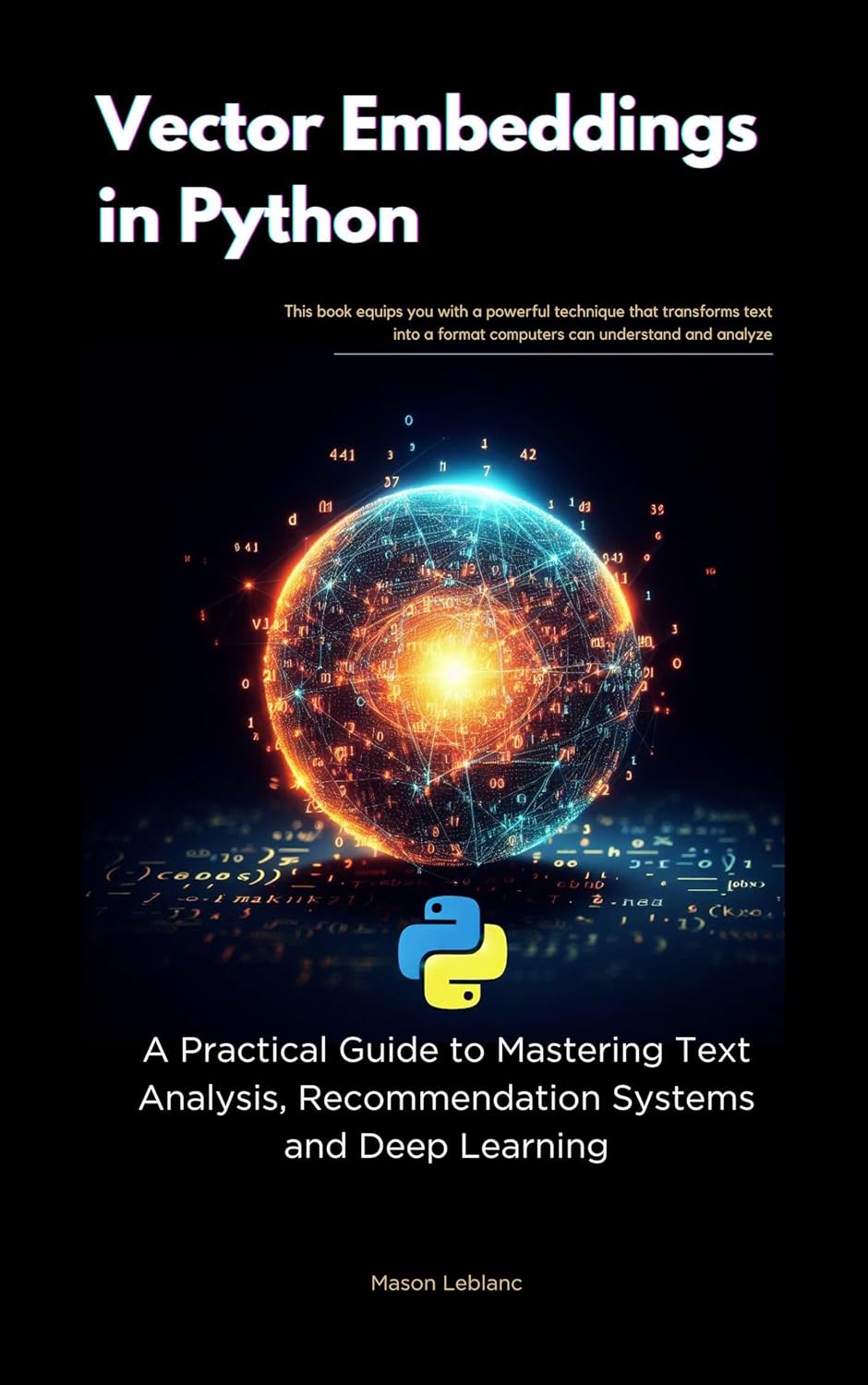In recent years, the rise of Graph Neural Networks (GNNs) has revolutionized the field of recommendation systems. These powerful machine learning models have proven to be game-changers in the way we make personalized recommendations to users.
Traditional recommendation systems, such as collaborative filtering and content-based filtering, have limitations when it comes to capturing complex relationships and patterns in data. GNNs, on the other hand, excel at modeling relationships between entities in a graph, making them ideal for recommendation tasks where items and users can be represented as nodes in a graph.
One of the key advantages of GNNs is their ability to capture both local and global information in the graph. By aggregating information from neighboring nodes, GNNs can learn rich representations of items and users, taking into account the interactions and connections between them. This allows GNNs to make more accurate and personalized recommendations compared to traditional methods.
Another important feature of GNNs is their ability to handle sparse and noisy data. In recommendation systems, data is often incomplete and noisy, making it challenging to make accurate predictions. GNNs can effectively deal with these challenges by learning from the graph structure and leveraging the relationships between nodes to make informed recommendations.
Furthermore, GNNs are highly scalable and can handle large-scale datasets with millions of nodes and edges. This scalability makes them well-suited for real-world recommendation systems where the volume of data can be overwhelming.
The impact of GNNs on recommendation systems has been significant, with many companies and researchers adopting these models to improve the accuracy and effectiveness of their recommendation algorithms. By leveraging the power of GNNs, companies can provide users with more personalized and relevant recommendations, leading to increased engagement and satisfaction.
In conclusion, the rise of GNNs has been a game-changer in recommendation systems, enabling more accurate and personalized recommendations for users. With their ability to capture complex relationships in data, handle sparse and noisy data, and scale to large datasets, GNNs have opened up new possibilities for improving the way we make recommendations in various domains. As the field of recommendation systems continues to evolve, GNNs are likely to play a crucial role in shaping the future of personalized recommendations.
#Rise #GNN #GameChanger #Recommendation #Systems,gnn
















